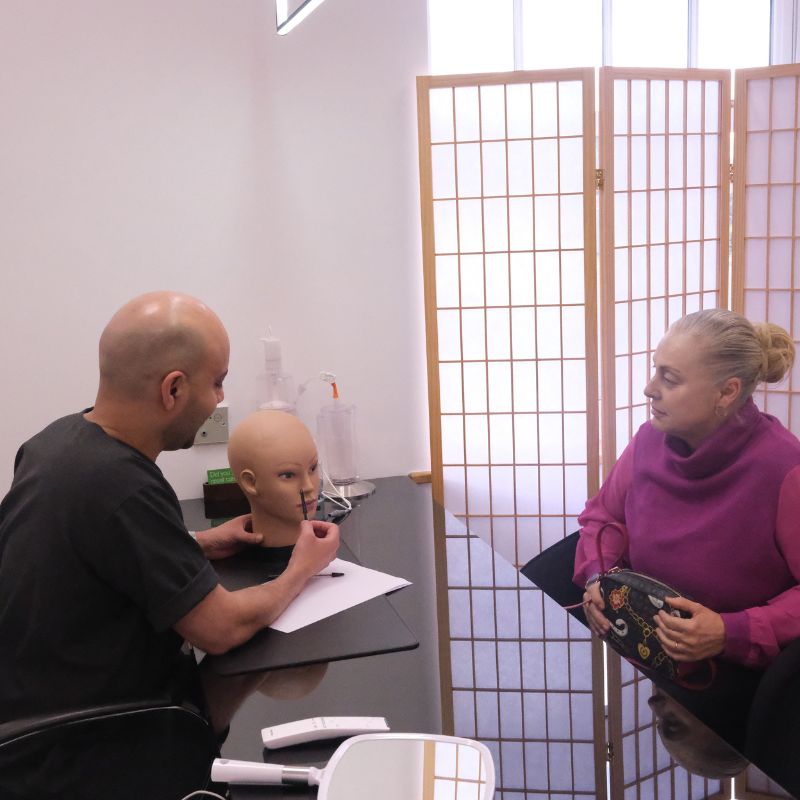Deep Plane Facelift
Also known as Surgical Facelift, Face surgery, Rhytidectomy
During a deep plane facelift, the surgeon works beneath the superficial musculoaponeurotic system (SMAS), a layer of tissue that covers the facial muscles. By accessing the deep plane, the surgeon can lift and reposition the underlying facial structures, including the fat pads, muscles, and connective tissues. This allows for a more significant improvement in the midface, jowls, and neck region.
- Specially trained experts with international fellowships in facial plastic surgery










